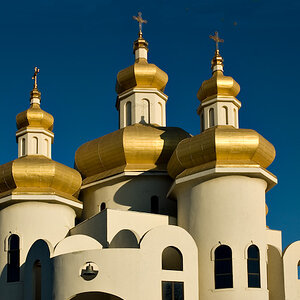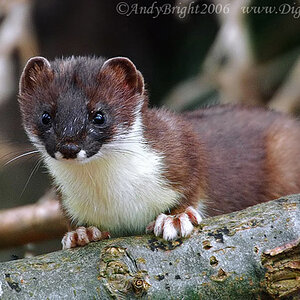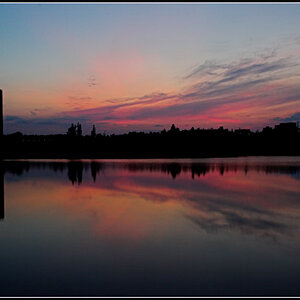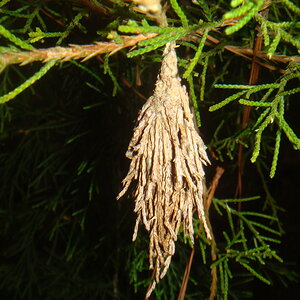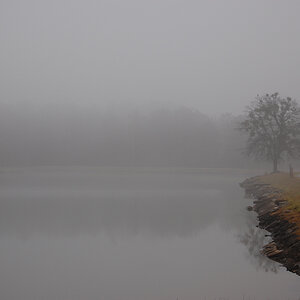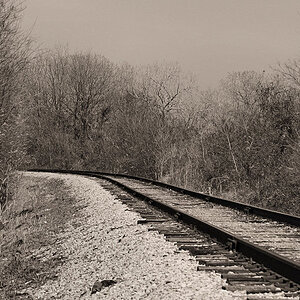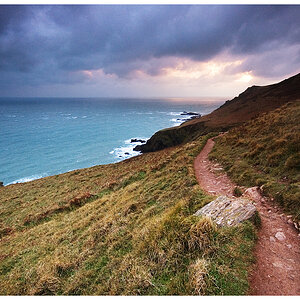scorpion_tyr
No longer a newbie, moving up!
- Joined
- Nov 15, 2009
- Messages
- 579
- Reaction score
- 60
- Location
- Longview, Texas
- Can others edit my Photos
- Photos NOT OK to edit
Are you sure it's focused to infinity? Many times this is the problem since a lot of lenses will have the infinity mark, but the infinity focus is just before that mark. If there are any visible lights in the far off distance, select auto focus, focus on one of those, select manual focus, now look where the mark is. If you're using a wide angle lens, this will be where the infinity focus is.
Also try shooting a full stop or two above the max aperture, most lenses are visibly less sharp at their max and min apertures. Shooting at night is not easy at all. It takes a long time to learn, and a lot of experimenting.
Also try shooting a full stop or two above the max aperture, most lenses are visibly less sharp at their max and min apertures. Shooting at night is not easy at all. It takes a long time to learn, and a lot of experimenting.


![[No title]](/data/xfmg/thumbnail/41/41819-f9479f2ecfaf8e9491a13a92e02e640a.jpg?1619739903)

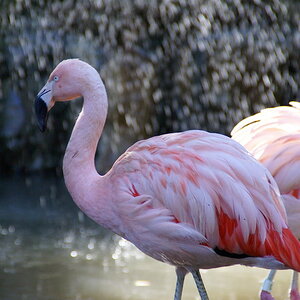
![[No title]](/data/xfmg/thumbnail/39/39180-3dcdd0aa38e4d015a48a17b0e45542fb.jpg?1619738902)

